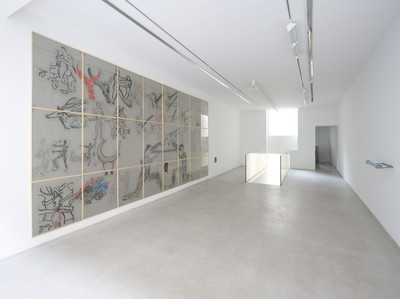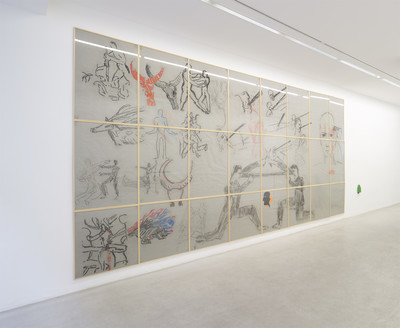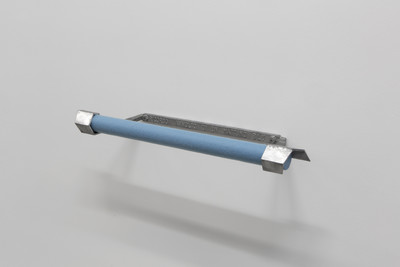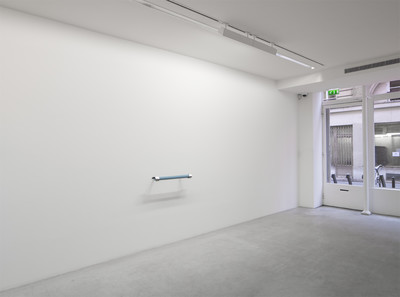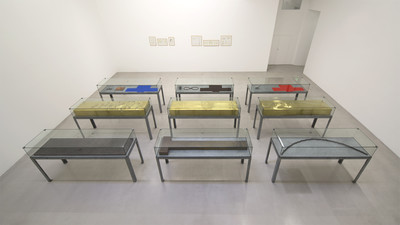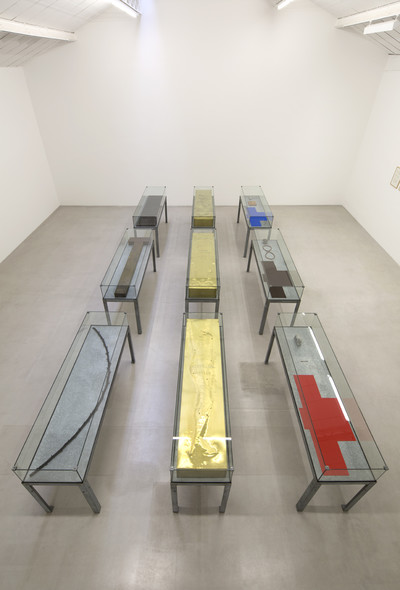Kamel Mennour is pleased to present our second solo showing of the work of Gina Pane.
Pane is a seminal figure in the history of body art and more generally in that of the arts
scene in France during the 1970s and 80s.
Throughout her career, Gina Pane moved between painting, drawing, sculpture,
installation, and ‘action
1
’ with equal facility, whether in the heart of nature, as she did
the 1960s, or before an audience in the 1970s. Photography made an appearance
within the context of her ‘constats d’actions’,...
Read more